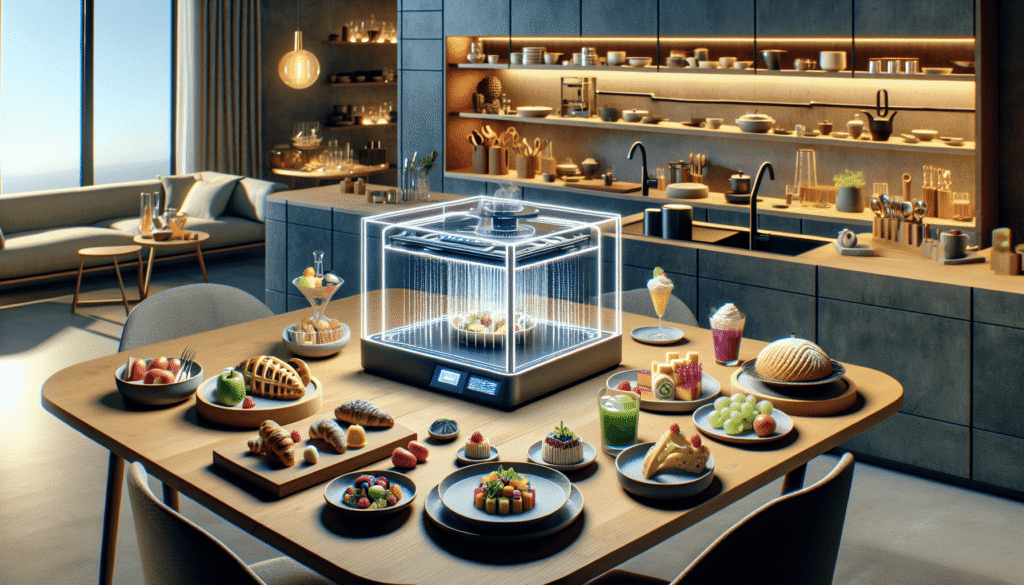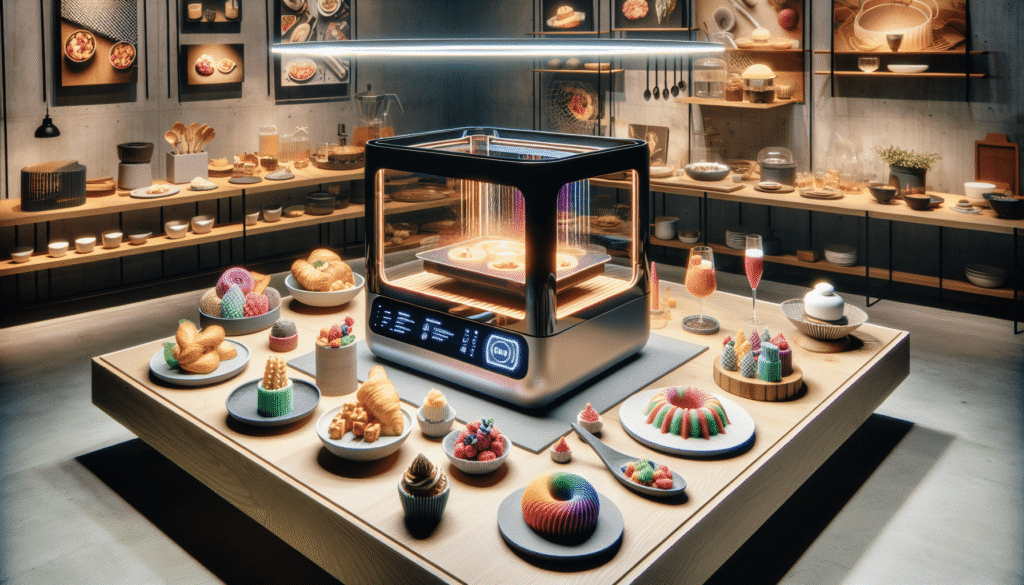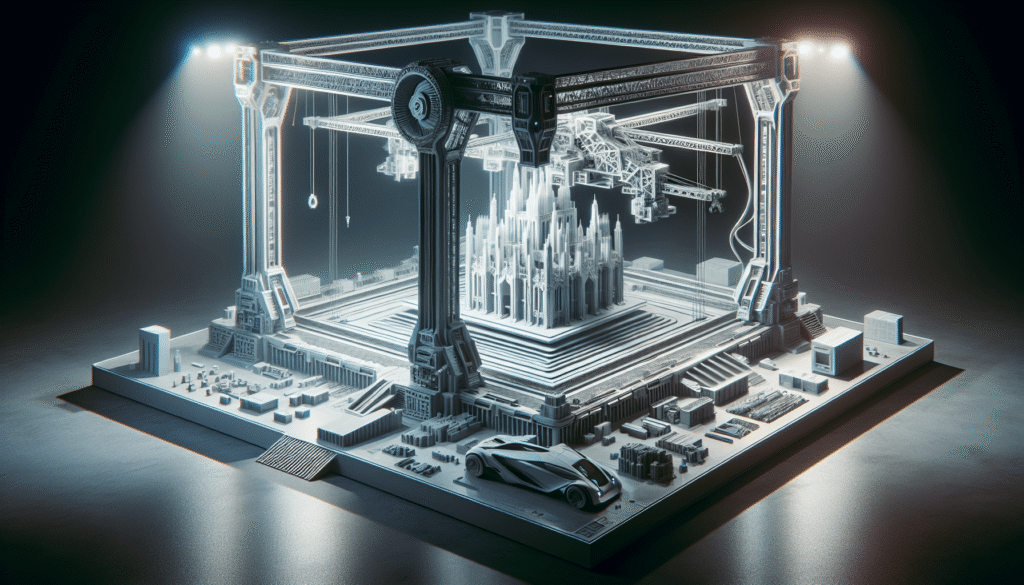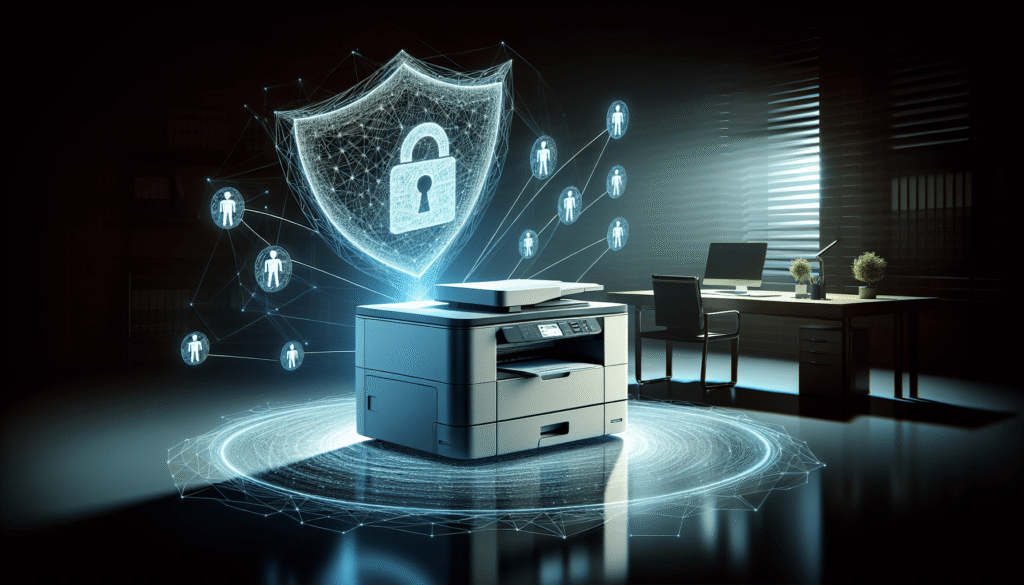Have you ever wondered how technology is reshaping the world of food and cooking? It might surprise you to learn that one of the most intriguing developments in this field is the evolution of 3D printing. Yes, you read that right—3D printing isn’t just for plastic and metal anymore; it has made its way into the culinary world, transforming how we think about food preparation and consumption.

The Advent of 3D Food Printing: A Brief History
3D food printing might sound like a recent innovation, but its roots go back further than you’d expect. It all began with the wider development of 3D printing technology in the 1980s. As industries like aerospace and medicine began to explore the potential of additive manufacturing, some visionary minds in the culinary world started dreaming about its applications in food.
From Dream to Reality
Like most dreams, the journey from concept to reality was not straightforward. Initial experiments in 3D food printing often fell into the realm of novelty—printing chocolate in fun shapes, for example. But the idea that you could create intricate structures with edible materials spurred further exploration. Fast forward to the present, and we’ve moved from printing simple sweets to full meals with nutritional precision.
Key Milestones in Food 3D Printing
Let’s take a look at some of the key milestones along this interesting journey:
| Year | Milestone Description |
|---|---|
| 2005 | The first chocolate 3D printer was developed, setting the stage for more edible materials. |
| 2011 | NASA began investing in 3D food printing technology to prepare for long-duration space missions. |
| 2014 | The first commercial 3D food printers became available, widening access to the technology. |
| 2019 | The first restaurant with 3D-printed food items opened, showcasing the culinary possibilities. |
How Does Food 3D Printing Work?
Let’s break down the magic of how 3D printing chefs are bringing these edible visions to life. Unlike traditional printing, which uses inks, food 3D printing employs edible materials—think chocolate, dough, or even puréed ingredients. Bonjour, futuristic cooking!
Components of a Food 3D Printer
At its core, a food 3D printer has three main components. First, the input materials, which must be loaded into cartridges or syringes. Then, a computer-controlled arm manipulates these materials in layers, one atop another, on a flat surface or platform. Finally, software orchestrates the entire operation, ensuring each layer is placed precisely. It’s kind of like creating a topographic map of deliciousness, one flavorful elevation at a time.
Types of Food 3D Printers
There are a few different types of 3D food printers, each suited to different purposes:
- Extrusion Printers: These are the most common, using syringes to extrude materials in precise shapes.
- Selective Sintering Printers: These use a laser to bind powdered ingredients, forming solid structures.
- Binder Jetting Printers: Here, a liquid binder is deposited to solidify layers of powder.
Each type of printer has its strengths and is chosen based on the texture and type of food product being printed. It’s fascinating to see a hummus dip or a sugar sculpture come to life on the plate. Who knew eating could be this futuristic?

The Benefits of 3D Food Printing
While the technology’s novelty grabs attention, 3D food printing offers significant advantages beyond creating Instagram-worthy dishes. Let’s delve into some, shall we? (Oops, pardon the dive, it’s hard to resist!)
Customization
One of the most compelling benefits is customization. Just imagine being able to design your meal to meet specific dietary needs or personal preferences without extra hassle. Whether you’re dodging gluten like it’s a dodgeball game or looking to tweak your protein intake, 3D printing makes personalization easier.
Nutritional Precision
3D food printers can create meals that meet precise dietary specifications. Think of it as a nutritionist’s dream come true. They enable precise control over calories, vitamins, and minerals, tailoring food to suit medical needs or lifestyle choices.
Sustainability
This technology also paves the way for more sustainable food practices. By using raw materials more efficiently and reducing food waste, 3D food printing could play a part in addressing global food challenges. Plus, by potentially using alternative ingredients such as insect protein or plant-based formulations, the environmental footprint could lessen significantly.
The Artistic and Innovative Edge
While practicality has its perks, let’s not overlook the creative potential of 3D food printing. Chefs and food artists relish the opportunity to push boundaries, crafting intricate designs that add pure spectacle to dining. In such cases, food becomes art—a symphony of taste and aesthetic appeal.
Challenges to Overcome
Of course, just like any fledgling technology, 3D food printing has its share of challenges. The high cost of 3D printers makes them inaccessible to many, and the speed of printing doesn’t yet match traditional mass production techniques. Plus, there’s the small issue of consumer acceptance—many people aren’t ready to swap their stove for a printer just yet.
Real-World Applications of 3D Food Printing
While it may sound like something out of a science fiction novel, 3D food printing is now making real-world impact across various spheres. Let’s take a closer look.
In Culinary Arts
Top chefs are starting to integrate 3D printing into their kitchens, turning heads with visually stunning creations. It’s like giving an artist a newer, shinier brush and a whole lot of imagination. Restaurants dedicated entirely to 3D-printed food are starting to pop up, sparking more interest and innovation in the industry.
In the Healthcare Industry
Medical centers and elderly care facilities have been experimenting with 3D-printed food to solve issues of malnutrition and make swallowing easier for those with dysphagia.
For Space Exploration
Long-duration space missions present unique challenges, namely the need for nutritious and long-lasting food. NASA’s interested in 3D printed food precisely because it can give astronauts tailored meals while also maximizing resource use in the confined cosmos.
Education and Research
Educational institutions are tapping into 3D food printing for research projects and even as part of advanced culinary courses. It’s a fascinating way to combine technology and food science, offering students hands-on experience with cutting-edge tools.
Looking to the Future: What Lies Ahead for Food 3D Printing?
The evolution of 3D food printing is still unfolding, but experts are already envisioning what lies ahead. Soon, we might see a 3D food printer in every home, revolutionizing family dinners and holiday feasts with unique creations.
The Spread of Consumer Accessibility
As technology becomes more affordable, it’s expected that 3D food printers will start to appear in private kitchens, merging the worlds of culinary art and at-home convenience. Who wouldn’t want to print a quick breakfast while brushing their teeth?
Advancements in Materials and Methods
Researchers are continually seeking novel materials to better the taste, texture, and nutritional value of 3D-printed foods. Innovations in bioprinting may even bring lab-grown meats and other pioneering materials into the mix.
Potential Impacts on Global Food Security
As populations grow, so does the need for innovative solutions to food scarcity issues. 3D food printing, with its ability to efficiently use resources and reduce waste, could contribute to greater global food security, providing essential nutrients where they’re needed most.
Addressing Environmental Concerns
We live in an age where the environmental impacts of our actions come under scrutiny. 3D food printing aligns well with a sustainable future by minimizing food waste and offering potential for sustainable food sources, like plant proteins and lab-cultivated ingredients.
Conclusion: Culinary Innovation Beyond Novelty
In the grand tapestry of technology and tradition, 3D food printing is crafting a vivid new thread. While it’s easy to dismiss these devices as mere gadgets, the capabilities they bring to the table—improved nutrition, sustainability, creativity—offer substantial benefits. Whether you’re a curious eater, a technology enthusiast, or both, the horizons of culinary possibility are expanding before our very eyes. Once an idea merely confined to science fiction is now tantalizingly real, bringing the future to our plates—layer by layer.


